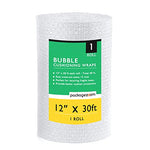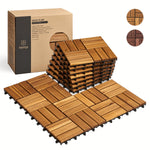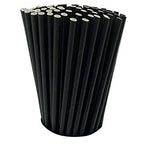You have no items in your shopping cart.
Fleas are notorious pests that commonly infest pets and homes, causing discomfort and irritation. While they are known for their exceptional jumping abilities, there is a persistent myth surrounding fleas with wings. In this article, we will delve into the world of fleas, explore their biology, and address the truth behind the notion of "fleas with wings."
Fleas with Wings: Debunking the Myth
Fleas: Wingless Insects
Fleas, in their natural form, do not possess wings. These tiny insects rely on their powerful hind legs to propel themselves through the air, enabling them to jump remarkable distances. Their agility and speed make them adept at navigating between hosts and infesting new environments.
The Origins of the Myth
The misconception of "fleas with wings" may have arisen from the confusion between fleas and other winged insects, such as flies. Flies, unlike fleas, do have wings and are capable of flying. This confusion might have contributed to the belief in winged fleas.
Understanding Flea Biology
To gain a comprehensive understanding of fleas, it's essential to explore their biology and life cycle.
Anatomy and Appearance of Fleas
Fleas are small, wingless insects belonging to the order Siphonaptera. They possess flattened bodies, allowing them to move easily through fur or feathers. Their tough exoskeletons protect them from external factors and aid in survival.
The Flea Life Cycle
To effectively combat fleas, it's crucial to familiarize oneself with their life cycle, which consists of four stages: egg, larva, pupa, and adult.
- Eggs: Female fleas lay hundreds of eggs on their hosts. These tiny, white eggs are barely visible to the naked eye.
- Larvae: Flea eggs hatch into larvae, resembling small, worm-like creatures. Larvae feed on organic debris and develop in the environment.
- Pupae: Flea larvae eventually encase themselves in a cocoon, entering the pupal stage. Inside the cocoon, they undergo metamorphosis, transforming into adults.
- Adult Fleas: After a period of days or weeks, adult fleas emerge from their cocoons. Hungry for blood, they seek out hosts for sustenance and reproduction.
Addressing Frequently Asked Questions (FAQs)
Let's address some frequently asked questions regarding fleas and their alleged wings.
FAQ 1: Can fleas actually fly?
No, fleas cannot fly. While they possess remarkable jumping abilities, they do not have wings for aerial movement.
FAQ 2: Are there any winged insects resembling fleas?
Yes, some winged insects, such as chiggers and thrips, may bear a superficial resemblance to fleas due to their small size and jumping movements. However, it's important to differentiate between these insects to accurately identify and address infestations.
FAQ 3: Is it possible for fleas to develop wings under specific circumstances?
No, fleas cannot develop wings under any circumstances. Their biology does not allow for wing growth.
FAQ 4: Are there documented cases of winged fleas?
No, there is no scientific evidence supporting the existence of fleas with wings. The notion of winged fleas remains firmly rooted in myth and misconception.
FAQ 5: What should I do if I suspect a flea infestation?
If you suspect a flea infestation, it's crucial to take immediate action. Consult a veterinarian to treat your pets and employ effective measures to eliminate fleas from your home. Thorough cleaning, vacuuming, and the use of flea control products are vital strategies in combating these pests.
FAQ 6: Can fleas harm humans?
While fleas primarily target animals, they can bite humans as well. Flea bites can cause itching, skin irritation, and, in some cases, transmit diseases. Taking preventive measures to protect yourself and your pets from flea infestations is crucial.
Conclusion
In conclusion, fleas with wings are a product of myth and misinformation. Fleas, in their natural form, do not possess wings. Understanding the biology and behavior of fleas is key to effectively managing and preventing infestations. By dispelling the myth of fleas with wings, we can focus on accurate knowledge and proactive measures to combat these pests successfully.








